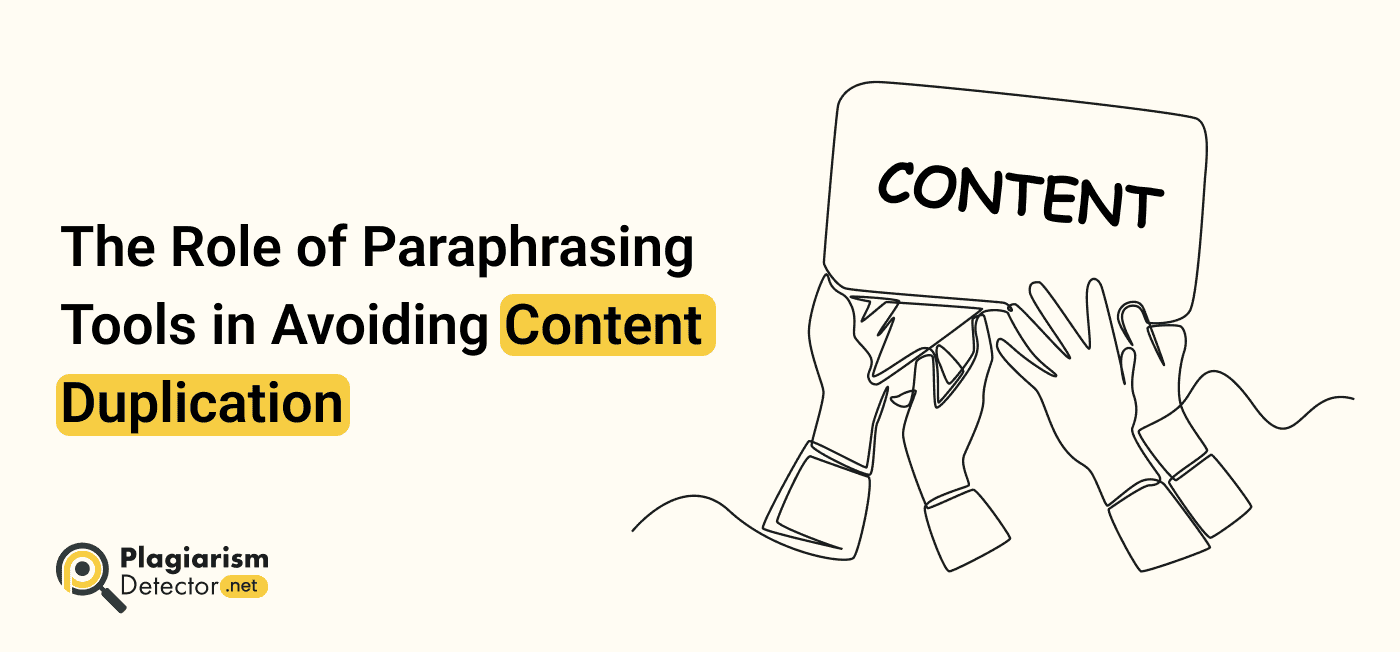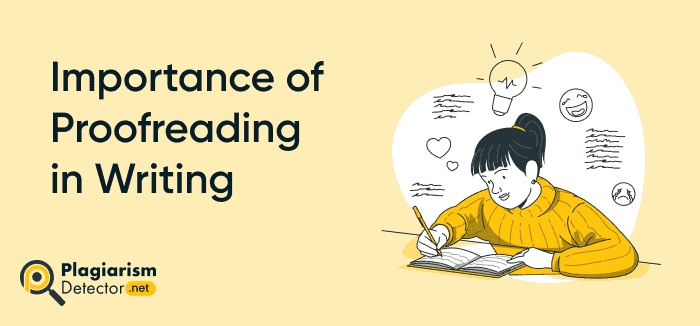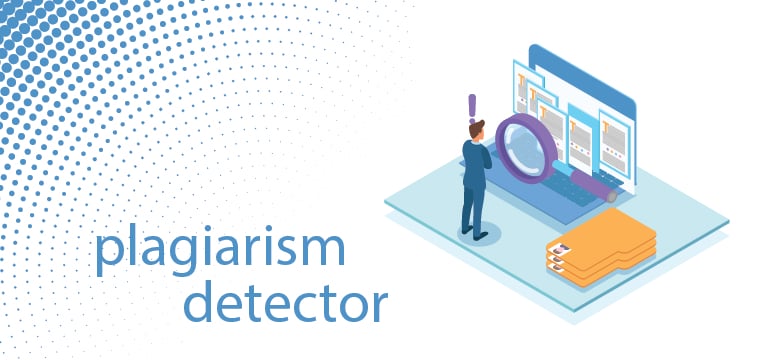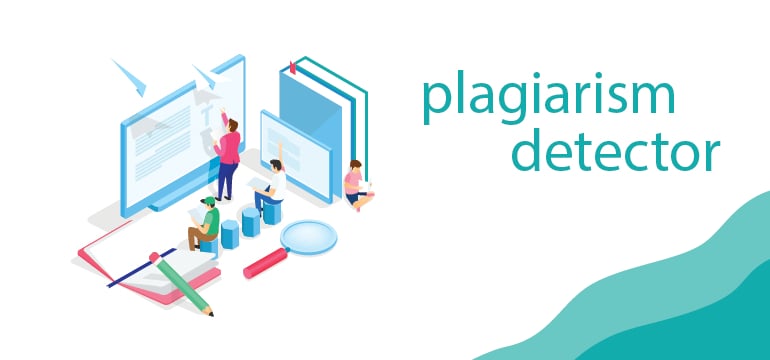5 Reasons to Rephrase Blog Posts Before They Go Live

Imagine spending countless hours writing a blog and then hitting the “publish” button. You might feel relaxed, however, giving it a read once it has gone live, you notice awkward phrases, missed opportunities to connect with readers, and a few grammar slips.
Now you can’t go back to editing and republishing the article, so you sigh and bear the consequences. You aren’t alone in this situation, many writers tend to make these mistakes. The bright side is that these errors are absolutely avoidable.
All you need before you publish your blog post is to rephrase, review, and revise. Rephrasing blog posts before they go live isn’t just fixing typos but ensuring that your content quality is up to par.
But why should you rephrase? This article will give you 5 reasons to understand how crucial it is to rephrase content before submission or publication. Each one of these elements can assist you in elevating the quality of your blog, identifying key elements to make your content resonate with readers, and bringing more traffic.
By understanding these benefits, you can avoid common pitfalls and create impeccable content.
Beware! Is Paraphrasing a Good Strategy to Fight Plagiarism?
What Is Rephrasing?
In terms of definition, rephrasing is changing the structure but keeping the context intact. To put it in perspective, when you describe something by giving it your spin, you rephrase the content. Rephrasing is one of the easiest ways you can describe an already existing piece of information to fit your agenda or tone.
It can also be helpful when you are trying to produce new information but the language might be a bit complex, so you rephrase to make it understandable or vice versa.
Why Should We Rephrase Blog Posts Before They Go Live?
It is a rule of thumb to review your work thoroughly before submitting it. Just like that, before publishing, make sure you rephrase and review your article by making necessary changes.
It is important to double-check because once the information goes live, users can acknowledge the misinformation and you could be facing penalties for spreading inaccurate information.
Since there are innumerable blog posts on the same topic, rephrasing it uniquely will boost your SEO traffic and make it a user-favorite article or website.
Here are 5 reasons why you should rephrase blog posts before they live.
Reason 1: Remove Ambiguity
Whatever type of content you produce, accuracy weighs more than originality. While writing, it is important to use accurate sources for your facts and figures. By rephrasing your blog post, you can clarify any complex or confusing points and also remove ambiguity.
Similarly, vague statements that could distract the audience, when rephrased, tend to deliver a clearer and transparent message with precise information.
Reason 2: Enhance Readability and Flow
Blog posts must be reader-friendly. Generally, users’ attention span is short, and they look for skimming through the content to find relevant information. Rephrasing comes in handy at this time. Sometimes, writing a blog post could force you to use complex language and industry-related jargon that might not be so common.
Other times, statements could be complicated and require explanation. With the help of rephrasing, you can change the structure of the content and make the language comprehensible.
An easy-to-understand tone makes information – whether complex or lengthy – easier to read and follow. By using a paraphrase tool, you can ensure that the complex information or phrasing smoothly flows without requiring a second read.
Reason 3: Avoid Redundancy
Brevity is the key to an impactful and impressive blog post. If an article keeps repeating certain keywords and phrases throughout, the tone becomes monotonous and boring. By rephrasing, all the information can be explained in fewer but easier words.
Unnecessary or filler words that stretch the content will be removed. Rephrasing will smoothen out the flow of the tight content.
Reason 4: Improve SEO and Keyword Optimization
When writing a blog post, writers should keep in mind the specific keywords and phrases that are relevant to the topic. The better the keywords are used through the content, the higher your article will rank on search engines.
In this regard, rephrasing can boost search engine rankings by rearranging the structure of the information so that the keyword placement is natural. Rephrasing also saves blog posts from the risk of keyword stuffing.
Reason 5: Strengthen Your Brand’s Voice and Tone
Every blog post and writer is different from the other. A unique blog post that mirrors your website is the key to boosting audience engagement and keeping your signature style. Once you have produced an article, try to rephrase it according to the standard criteria of the niche of your brand. It also creates consistency in voice with other blog posts on your website.
Whether the article is intended to be formal, casual, expert, or user-friendly, rephrasing will help you align the post’s tone with the brand. If you do not rephrase the data, the risk of mismatched tones can negatively impact your brand’s reputation.
CONCLUSION
To sum it up, rephrasing is your secret ingredient for a smooth and naturally flowing blog post. Not only does rephrasing simplify the language and remove the redundancies in your content, but it also ensures that the article is per your style. Rephrasing your blog posts before they go live is an easy trick up your sleeve to create a loyal audience by providing accurate information through interesting language.




